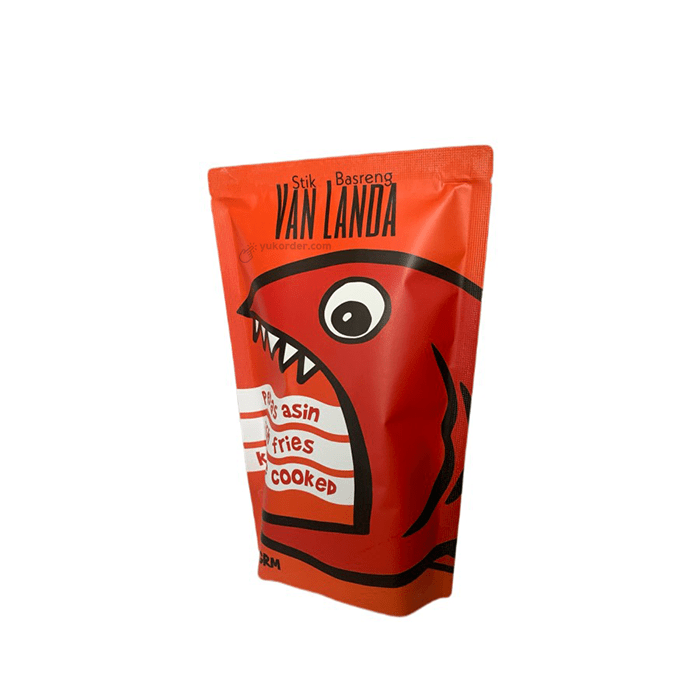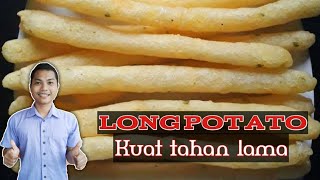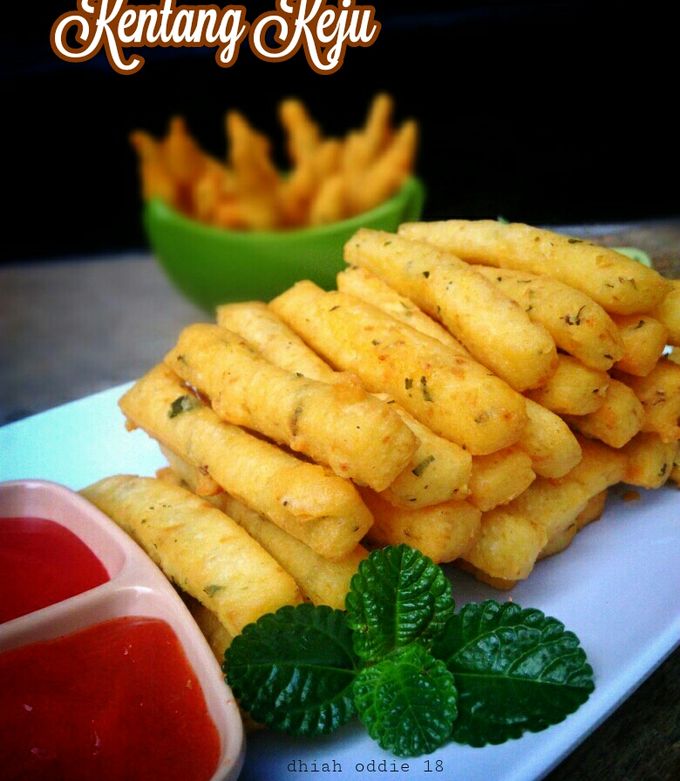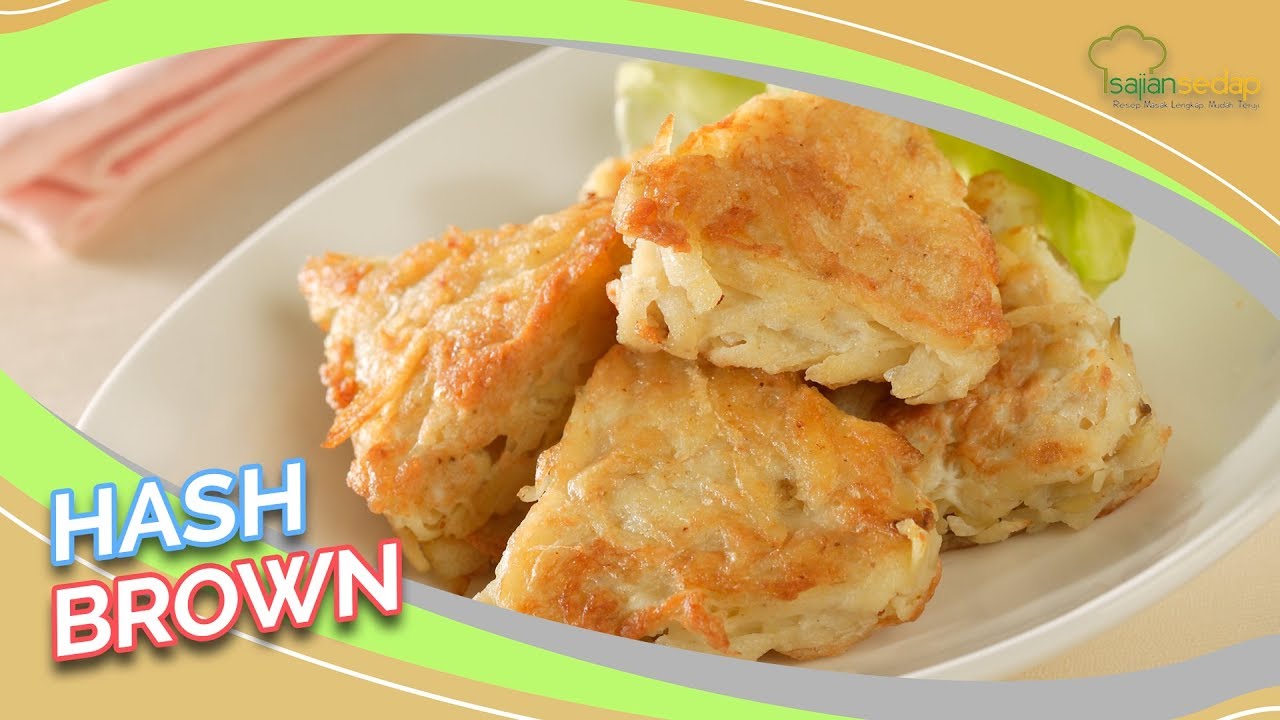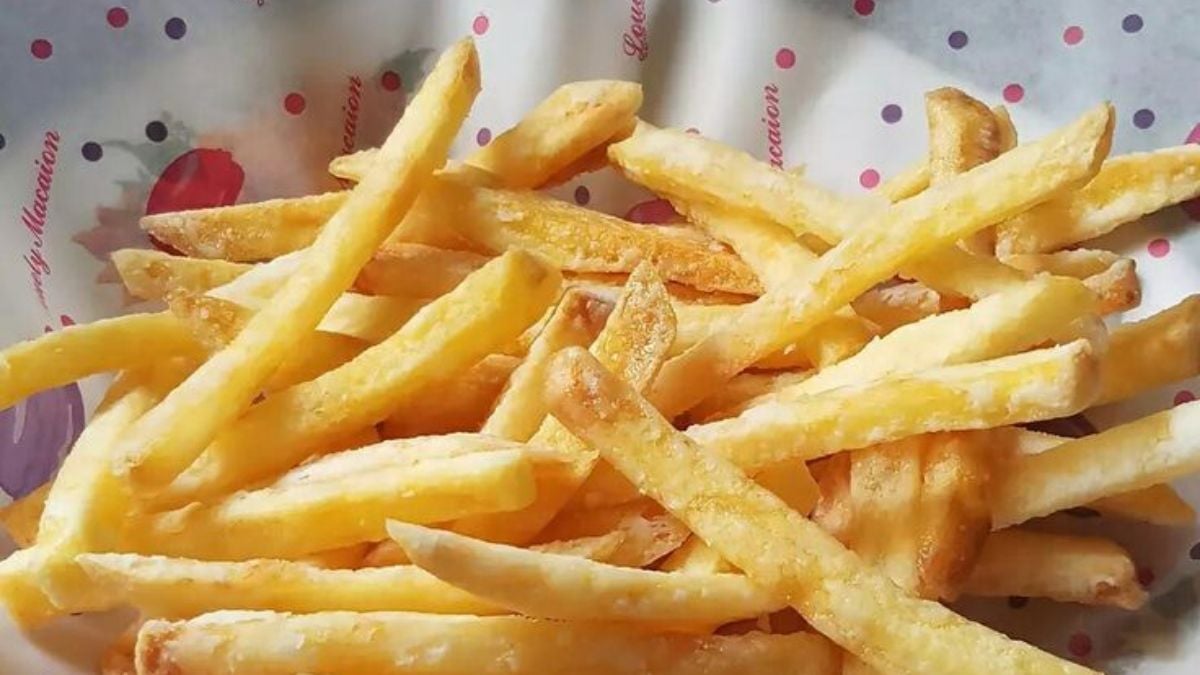
Kue Dulce de Leche is a delightful traditional dessert celebrated across Latin America, renowned for its rich, sweet, and velvety texture. This delectable treat combines the luscious caramel-like flavor of dulce de leche with a soft, chewy cake-like base, creating a harmonious blend of flavors and textures that appeal to a wide range of palates. Its comforting sweetness and versatility make it a beloved staple at festivals, family gatherings, and everyday indulgences. Whether enjoyed as a snack, a dessert, or a special treat, Kue Dulce de Leche embodies the warmth and cultural richness of Latin American culinary traditions. In this article, we explore its origins, ingredients, preparation methods, regional variations, nutritional aspects, and tips for making the perfect batch at home.
Introduction to Kue Dulce de Leche: A Traditional Latin American Treat
Kue Dulce de Leche is a traditional Latin American dessert that captures the essence of sweet indulgence with its luscious caramel flavor and soft, chewy texture. Often served in rectangular or square slices, it is a comforting treat that brings together the simple yet rich ingredients of milk, sugar, and sometimes coconut or vanilla. Its popularity spans numerous countries, each adding their unique twist, making it a versatile and cherished dessert across the region. This confection is usually homemade, passed down through generations, and is a symbol of hospitality and celebration.
The dessert’s name reflects its core ingredient—dulce de leche—a sweet, caramelized milk spread that is the foundation of this treat. The term "kue" hints at its cake-like form, although its texture is more akin to a chewy caramel. Its inviting aroma, golden hue, and smooth consistency make it an irresistible addition to any dessert platter. Kue Dulce de Leche is often enjoyed with coffee or tea, enhancing its rich flavors and providing a comforting experience.
The preparation of Kue Dulce de Leche involves careful cooking to achieve the perfect balance of sweetness and texture. It is both simple enough for home cooks to make and sophisticated enough to serve at festive occasions. Its universal appeal lies in its ability to evoke nostalgic memories and create new ones through shared moments of tasting and celebration. As a cultural icon, it embodies the warmth, sweetness, and diversity of Latin American culinary heritage.
Throughout the years, variations have emerged, reflecting local ingredients and preferences. Some versions incorporate coconut, nuts, or spices, adding layers of complexity to the traditional recipe. Despite these differences, the core concept remains the same—a sweet, chewy, caramel-infused treat that delights the senses. Its enduring popularity speaks to its status as a beloved comfort food, treasured across generations.
In essence, Kue Dulce de Leche is more than just a dessert; it is a cultural artifact that brings people together through shared flavors and traditions. Its rich history and regional adaptations highlight the creativity and diversity of Latin American cuisine. Whether enjoyed in its classic form or with regional twists, it continues to charm and satisfy dessert lovers worldwide, making it a true culinary treasure.
Origins and Cultural Significance of Kue Dulce de Leche
The origins of Kue Dulce de Leche trace back to the broader history of dulce de leche itself, which is believed to have originated in Latin America during the colonial period. The technique of slowly caramelizing milk and sugar to produce a sweet, thick spread became a staple in many households, especially in countries like Argentina, Uruguay, and Mexico. Over time, this ingredient evolved into various confections, including the chewy, cake-like Kue Dulce de Leche, which showcases the region’s ingenuity in transforming simple ingredients into festive treats.
Culturally, Kue Dulce de Leche holds significant importance in Latin American traditions. It is often associated with family gatherings, religious festivals, and national celebrations. Its presence on holiday tables and during special occasions underscores its role as a symbol of warmth, hospitality, and shared joy. In many communities, making Kue Dulce de Leche at home is a cherished activity, often involving multiple generations working together, passing down recipes and techniques as part of familial heritage.
The dessert also reflects the agricultural history of the region, where dairy farming and sugar production thrived. The use of locally sourced milk and sugar highlights the resourcefulness and culinary creativity of Latin American peoples. Over the years, the recipe has been adapted to incorporate regional flavors and ingredients, further embedding Kue Dulce de Leche into local identities and culinary narratives.
In some countries, Kue Dulce de Leche is linked to specific festivals or religious observances. For example, in Mexico, it might be served during Día de los Muertos, symbolizing remembrance and celebration of loved ones. In Argentina and Uruguay, it is a common accompaniment to mate or a component of traditional pastries. Its versatility and cultural resonance make it more than just a dessert; it is a reflection of regional history, social customs, and communal identity.
Today, Kue Dulce de Leche continues to be a symbol of Latin American culinary heritage, celebrated both in home kitchens and gourmet settings. Its enduring popularity speaks to its deep roots in cultural traditions and its universal appeal as a comforting, sweet treat. As new generations discover and reinterpret it, Kue Dulce de Leche remains a delicious link to the past and a vibrant part of contemporary Latin American cuisine.
Key Ingredients Used in Making Kue Dulce de Leche
The foundation of Kue Dulce de Leche lies in simple, wholesome ingredients that come together to create its characteristic rich flavor and texture. The primary ingredients include milk and sugar, which are caramelized through slow cooking to develop the signature dulce de leche flavor. Whole milk is typically preferred for its creaminess, but condensed milk can also be used for convenience and a more intense sweetness.
In addition to milk and sugar, many recipes incorporate vanilla extract to enhance the dessert’s aroma and add depth to its flavor profile. Vanilla beans or vanilla essence can be used, depending on availability and preference. Some variations include coconut milk or shredded coconut, which lend a tropical twist and add a chewy, moist texture. Nuts such as walnuts or pecans may also be added for crunch and flavor contrast, especially in regional adaptations.
Butter or margarine is sometimes included to enrich the mixture and improve the smoothness of the final product. A pinch of salt is often added to balance the sweetness and heighten the caramel notes. For flavor variations, spices like cinnamon or cloves can be incorporated, especially in regional recipes that aim to add warmth and complexity. The choice of ingredients can be tailored to personal tastes and local traditions, resulting in a wide array of delightful variations.
The quality of the primary ingredients greatly influences the final outcome. Fresh, high-quality milk and pure sugar produce a more vibrant and authentic flavor. When using condensed milk, the process simplifies, as it already contains sugar and has been pre-cooked to a certain extent. However, traditional recipes that involve cooking plain milk and sugar require careful attention to prevent burning and ensure even caramelization.
Overall, the key ingredients for Kue Dulce de Leche are simple yet versatile, allowing for numerous regional adaptations and personal touches. The harmony of these ingredients, combined with proper cooking techniques, results in the luscious, chewy, and caramel-rich treat that has captured the hearts of many across Latin America and beyond.
Step-by-Step Guide to Preparing Kue Dulce de Leche at Home
Preparing Kue Dulce de Leche at home requires patience and attention to detail, but the process rewards you with a delicious, homemade treat. Begin by gathering your ingredients: milk (or condensed milk), sugar, vanilla extract, and optional flavorings like coconut or nuts. Choose a heavy-bottomed saucepan to ensure even heat distribution and prevent burning. Having a spatula or wooden spoon ready will facilitate stirring throughout the process.
Start by combining the milk and sugar in the saucepan. If using plain milk, cook over medium-low heat, stirring constantly to dissolve the sugar and prevent scorching. For condensed milk, pour directly into the pan; it will require less cooking time. Add vanilla extract or other flavorings at this stage. Bring the mixture to a gentle simmer, then reduce the heat to low, maintaining a steady, gentle bubbling.
The key to achieving the perfect dulce de leche is slow cooking and constant stirring. Continue to cook the mixture, stirring frequently, for about 1 to 2 hours, depending on the quantity and desired thickness. As the mixture thickens and turns a rich caramel color, monitor closely to prevent burning. If using coconut or nuts, fold them in during the last 15-20 minutes of cooking to incorporate their flavors evenly.
Once the mixture reaches a thick, spreadable consistency and a deep golden hue, remove it from the heat. Pour the hot mixture into a prepared mold or a lined baking dish, smoothing the surface with a spatula. Allow it to cool completely at room temperature, then refrigerate for several hours or overnight to set. Once cooled, cut into squares or rectangles, and serve as desired.
Homemade Kue Dulce de Leche can be stored in an airtight container in the refrigerator for up to a week. For longer storage, wrapping individual pieces in plastic wrap or storing in a sealed container prevents moisture loss and preserves freshness. The process may require some practice to perfect, but the resulting treat is well worth the effort, offering a rich, homemade caramel delight.
Variations and Regional Styles of Kue Dulce de Leche
While the classic Kue Dulce de Leche features a simple, chewy caramel base, regional variations showcase the diverse culinary creativity across Latin America. In Argentina and Uruguay, the dessert is often made with traditional dulce de leche, sometimes layered with shortbread or cookie crumbs to create a more textured treat. Variants in Mexico incorporate coconut, creating a tropical flavor profile that is both chewy and moist.
In Colombia, some versions include the addition of cheese, giving the dessert a subtle savory contrast that balances the sweetness. Others might incorporate spices such as cinnamon or cloves for added warmth. In Central American countries like
